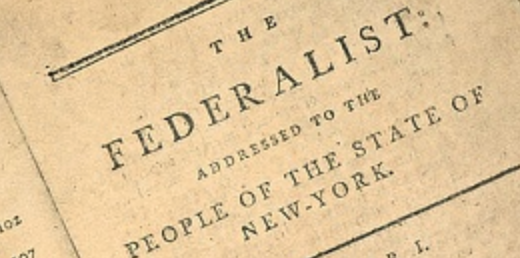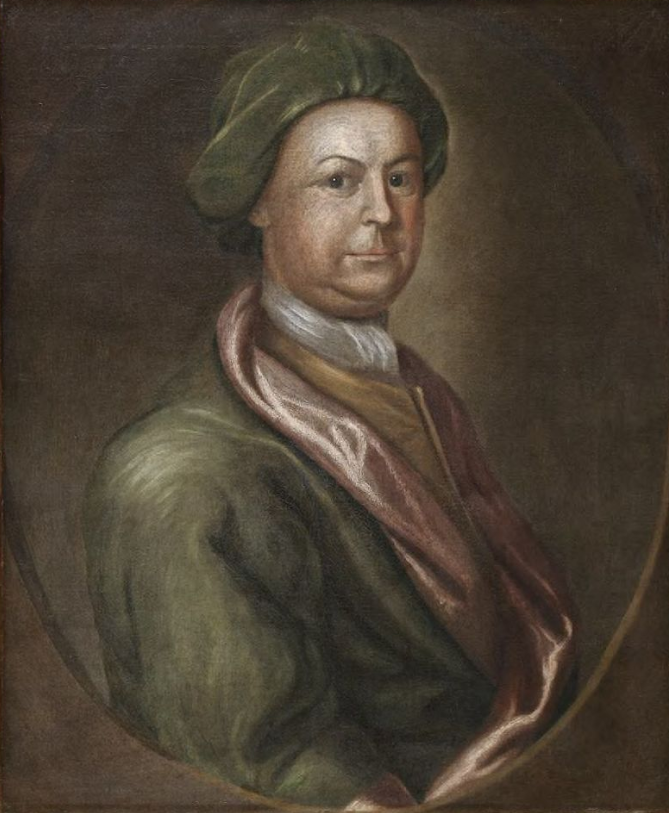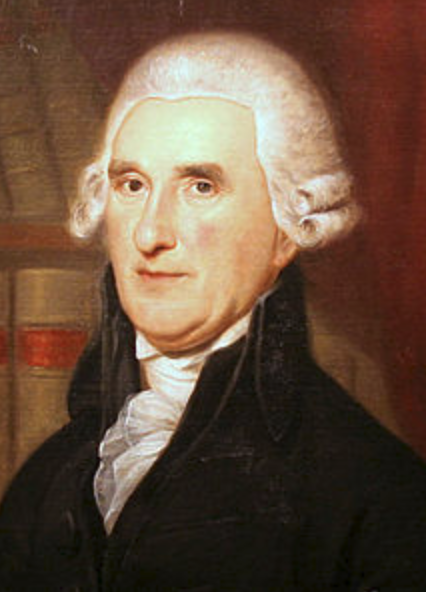Sharing Power - Hamilton's Understanding of Taxation - Federalist #32
I found Federalist #32 particularly interesting because Hamilton claims that the Federal Government only has the powers which are explicitly listed in the Constitution.
Anti-Federalists clearly did not want to take Hamilton at his word, as this claim was specifically added to the Constitution as the 10th Amendment.
Federalist #32
Alexander Hamilton
January 2, 1788
Federalist #32 was published by Alexander Hamilton on the same day that Georgia became the 4th State to ratify the Constitution, though there was no way for him to know this as word traveled slowly back then.
Hamilton begins this Paper by acknowledging the fear that if the Federal Government taxed the people, it would limit the State Government’s ability to do so. However, he assures the reader that this would not be the case by citing the different forms of power.
Exclusive Powers
Exclusive Powers, or the type of power which only one government can wield, are the more concerning. Hamilton implies that any power that is not specifically listed in the Constitution for the Federal Government is exclusive to the State Governments.
This is very interesting, as Anti-Federalists were clearly suspicious of taking Hamilton at his word.
Four years later, this idea would be solidified as the 10th Amendment in the Bill of Rights.
Concurrent Powers
Concurrent Powers are powers that both the State and Federal Government employ at the same time.
The worry Anti-Federalists had in regard to taxation is that the two Governments would tax the same product multiple times.
Strangely, Hamilton brushes this off, implying that though the situation might be ‘inexpedient’ the best way to give both the Federal and State Government to coexist is to have this issue arise from time to time and let it sort itself out.
Balance
In the end, Hamilton believed the partial-taxation powers between the Federal and State Governments was the best way to keep sovereignty balanced between the two.
Alexander thought the Constitution did enough to limit the taxation powers of the Federal Government while still giving it enough funds to survive.
Conversely, Hamilton argued that these same limits are what gave the State Governments the ability to thrive despite their inferior status in the United States.
If you’d like to read the Federalist Papers we have already covered, the full list can be found here.
Want to get fun American Revolution articles straight to your inbox every morning?
Subscribe to my email list here.
You can also support this site on Patreon by clicking here.
The dispute between Federalists and Anti-Federalists drove the creation of the United States as we know it.
‘‘Original Arguments for Each’ discusses the finer points made by each side of the debate.
If you’d like a copy you can pick it up through the Amazon affiliate link below (you’ll support this site, but don’t worry, Amazon pays me while your price stays the same).






